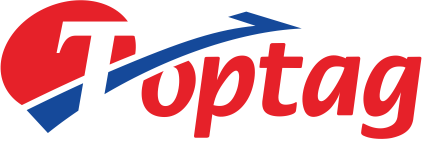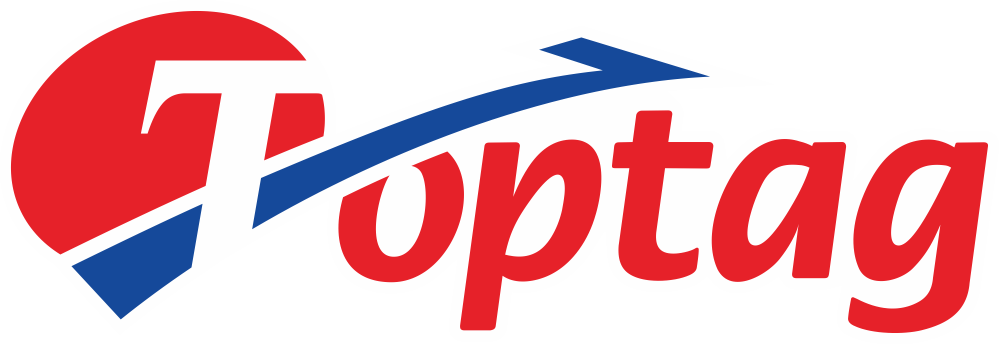FAQ
GENERAL QUESTIONS
Yes, we require all international orders to have an ongoing minimum order quantity. If you are looking to resell but in much smaller quantities, we recommend you check out our website
Yes, we can provide most documentation including Certificates of Analysis / Conformance; Insurance; Origin, and other export documents where required.
For samples, the lead time is about 7 days. For mass production, the lead time is 20-30 days after receiving the deposit payment. The lead times become effective when (1) we have received your deposit, and (2) we have your final approval for your products. If our lead times do not work with your deadline, please go over your requirements with your sale. In all cases we will try to accommodate your needs. In most cases we are able to do so.
We warranty our materials and workmanship. Our commitment is to your satisfaction with our products. In warranty or not, it is the culture of our company to address and resolve all customer issues to everyone’s satisfaction
TECHNOLOGICAL ISSUES
Radio frequency identification, or RFID, is a generic term for technologies that use radio waves to automatically identify people or objects. There are several methods of identification, but the most common is to store a serial number that identifies a person or object, and perhaps other information, on a microchip that is attached to an antenna (the chip and the antenna together are called an RFID transponder or an RFID tag). The antenna enables the chip to transmit the identification information to a reader. The reader converts the radio waves reflected back from the RFID tag into digital information that can then be passed on to computers that can make use of it.
An RFID system consists of a tag, which is made up of a microchip with an antenna, and an interrogator or reader with an antenna. The reader sends out electromagnetic waves. The tag antenna is tuned to receive these waves. A passive RFID tag draws power from field created by the reader and uses it to power the microchip’s circuits. The chip then modulates the waves that the tag sends back to the reader and the reader converts the new waves into digital data
RFID is not necessarily "better" than bar codes. The two are different technologies and have different applications, which sometimes overlap. The big difference between the two is bar codes are line-of-sight technology. That is, a scanner has to "see" the bar code to read it, which means people usually have to orient the bar code towards a scanner for it to be read. Radio frequency identification, by contrast, doesn’t require line of sight. RFID tags can be read as long as they are within range of a reader. Bar codes have other shortcomings as well. If a label is ripped, soiled or falls off, there is no way to scan the item. And standard bar codes identify only the manufacturer and product, not the unique item. The bar code on one milk carton is the same as every other, making it impossible to identify which one might pass its expiration date first.
Just as your radio tunes in to different frequency to hear different channels, RFID tags and readers have to be tuned to the same frequency to communicate. RFID systems use many different frequencies, but generally the most common are low- (around 125 KHz), high- (13.56 MHz) and ultra-high frequency, or UHF (850-900 MHz). Microwave (2.45 GHz) is also used in some applications. Radio waves behave differently at different frequency, so you have to choose the right frequency for the right application.
Different frequencies have different characteristics that make them more useful for different applications. For instance, low-frequency tags are cheaper than ultra high frequency (UHF) tags, use less power and are better able to penetrate non-metallic substances. They are ideal for scanning objects with high-water content, such as fruit, at close range. UHF frequencies typically offer better range and can transfer data faster. But they use more power and are less likely to pass through materials. And because they tend to be more "directed," they require a clear path between the tag and reader. UHF tags might be better for scanning boxes of goods as they pass through a bay door into a warehouse. It is probably best to work with a consultant, integrator or vendor that can help you choose the right frequency for your application
FINANCIAL TROUBLES
Our prices are subject to change depending on supply and other market factors. We will send you an updated price list after your company contact us for further information.
Yes, we require all international orders to have an ongoing minimum order quantity. If you are looking to resell but in much smaller quantities, we recommend you check out our website
For samples, the lead time is about 7 days. For mass production, the lead time is 20-30 days after receiving the deposit payment. The lead times become effective when (1) we have received your deposit, and (2) we have your final approval for your products. If our lead times do not work with your deadline, please go over your requirements with your sale. In all cases we will try to accommodate your needs. In most cases we are able to do so.
The shipping cost depends on the way you choose to get the goods. Express is normally the most quickest but also most expensive way. By seafreight is the best solution for big amounts. Exactly freight rates we can only give you if we know the details of amount, weight and way. Please contact us for further information.
DO YOU NEED SUPPORT ?
Every day we receive inquiries from our customers about our company, our products, our payment methods, etc. We have summarized the common questions. If you don’t find the answer, please contact us.
INTERESTING FACTS
Daily requests
Support agents
Departments
CONTACT DETAILS
- Tel:+86 755 84320826
- Email: [email protected]
- Address: 3rd Floor,Qichuang Qicai Yungu Industry Park, Longgang District,Shenzhen, China 518116

